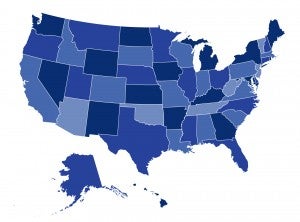Oregon’s Public Option Implementation Report Emphasizes Cost Containment, Health Equity

The Oregon Health Authority recently released its Public Option Implementation Report, stemming from a legislative directive to develop a plan to make a public health insurance option available in the individual (and potentially small group) market. CHIR’s Christine Monahan takes a look at what’s in the new report and what’s next for the Oregon public option initiative.




